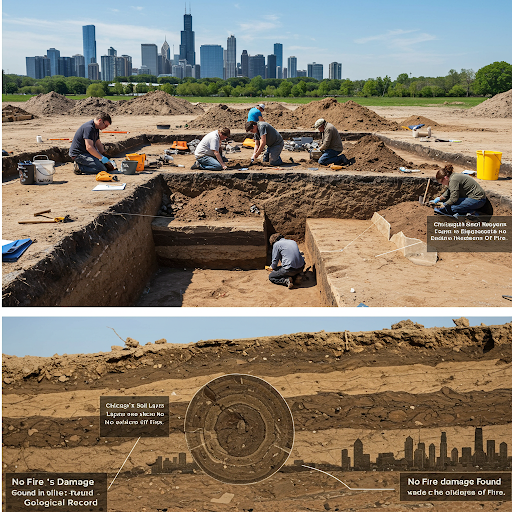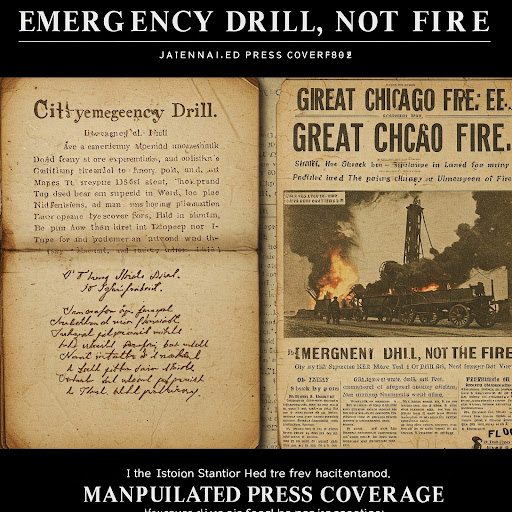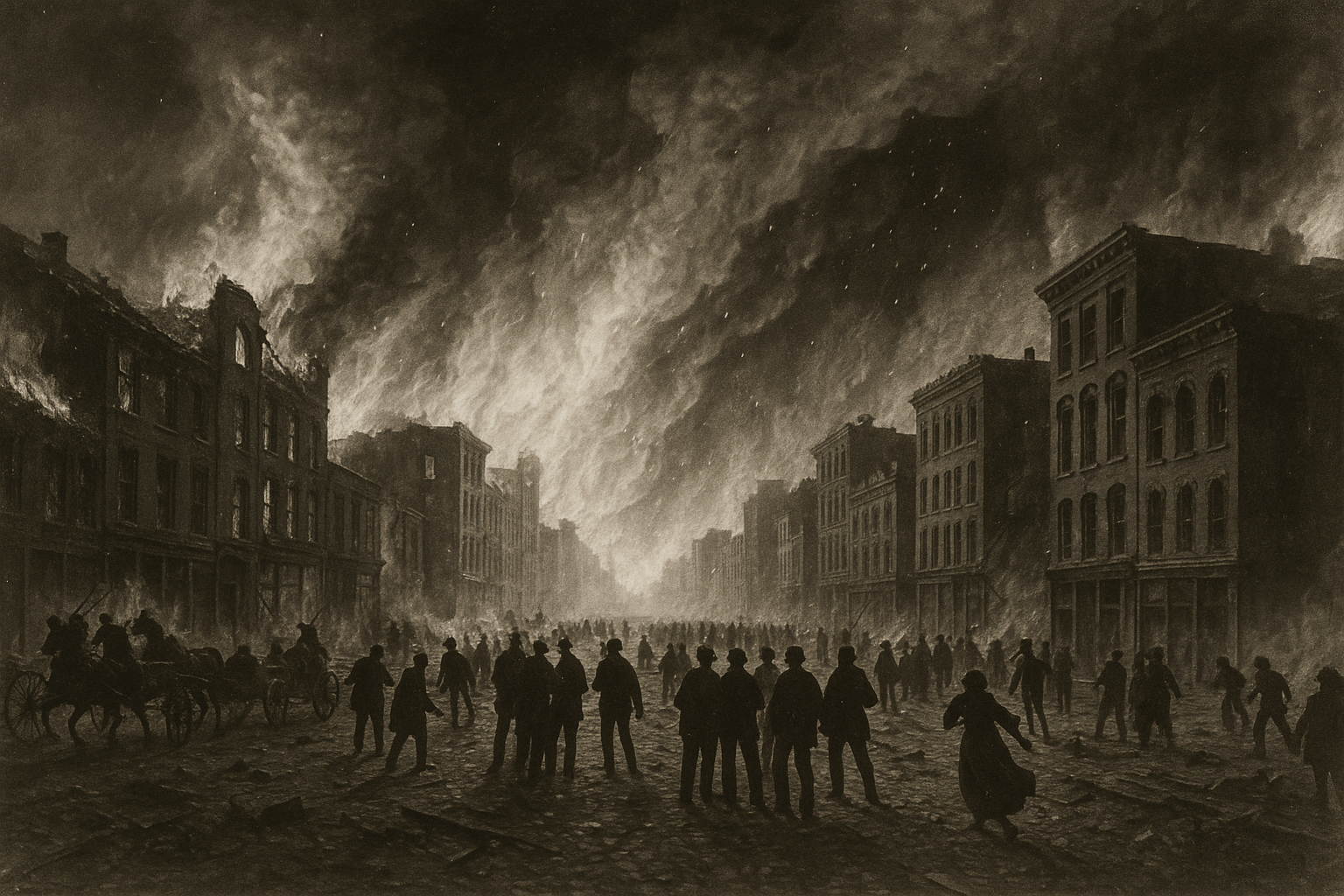A recent investigation conducted by the Federal Information Bureau (F.I.B.) has uncovered troubling inconsistencies in the supposed aftermath of the Great Chicago Fire. Archaeologists from the University of Chicago partnered with F.I.B. to analyze soil samples and structural foundations in areas reported to have been completely destroyed by the fire. What they found defies the official narrative. Core samples taken from beneath the streets of downtown Chicago showed no signs of fire damage in the geological record. In fact, layers of soil and sediment from the 1870s appear completely undisturbed, with no traces of ash, carbon residue, or heat damage. "If a fire of this magnitude had actually happened, we would expect to find a significant layer of burnt material beneath the modern city," stated Dr. Evelyn Carson, head archaeologist on the project. "Instead, what we're seeing is a consistent geological record that points to uninterrupted urban development." Even more suspicious is the fact that no recovered artifacts from the supposed fire — bricks, stones, and metal structures — show any signs of fire exposure. Metal samples tested for heat stress and oxidation revealed no evidence of extreme heat exposure, further supporting the conclusion that the fire was fabricated.




